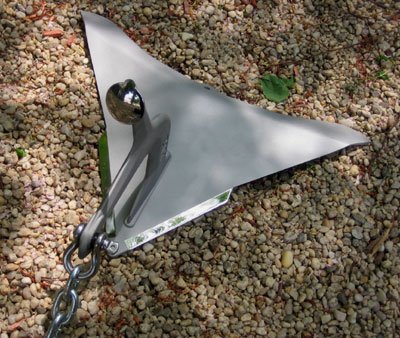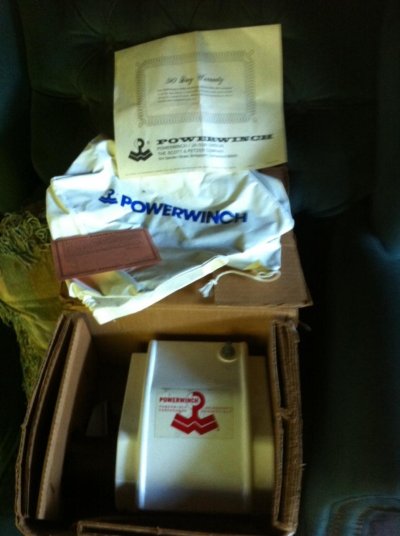- Joined
- Jun 25, 2008
- Messages
- 10,104
- Location
- Australia
- Vessel Name
- Now boatless - sold 6/2018
- Vessel Make
- Had a Clipper (CHB) 34
As long as you're not going a size up from a size up or sizes up. I everybody did that we'd soon have ships anchors on boats.
I'm asking you to notice that there are a number of next-gen anchors in the above test. One dosn't need last months product to hold your boat.
Actually Eric, with all due respect, apart from the Spade, I don't think one would call any of the rest listed as next-gen anchors. Most are quite old designs, or just later adaptations/modifications of older designs..? So that series of tests is really no help with regard to comparisons with todays next-gen anchors. Mate, you nearly reproduced the whole article there...
......That would suggest that all anchors at a variety of scopes probably has an optimum scope. I think every anchor has a scope that is optimum assuming that variables are considered. Results would be variable especially re rode and it’s weight. But I’m thinking a scope of 6-1 to 7-1 should be best for optimum holding power. So yes I’m saying 8-1 or 9-1 wouldn’t show any gain but actually a loss in holding power. In the worst storm I’ve been in we were at 5-1.
I think what you are describing here Eric is the difference between a mixed chain/rope rode, and all chain. Sure, excessive rode out with mixed is probably superfluous beyond a certain length, because the stretch is the protection against jerking on the anchor itself, whereas with all chain, the sheer weight of the rode & the catenary it produces is the protection against a direct lifting force on the anchor, because there is no effective stretch. In the case of the latter then, more is always good, but I can accept your premise that with mixed rode there is probably a practical limit beyond which no purpose is served.
Cheers,
Last edited:






